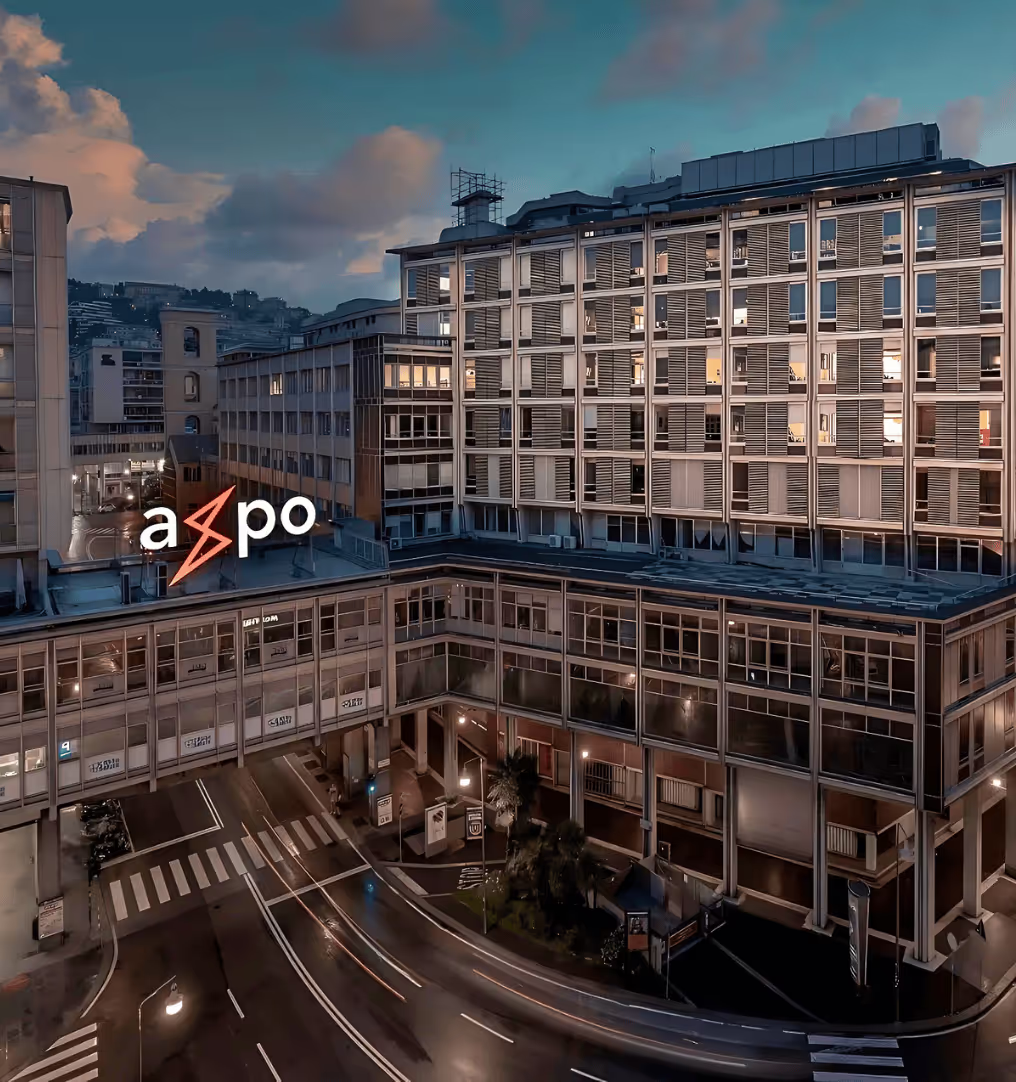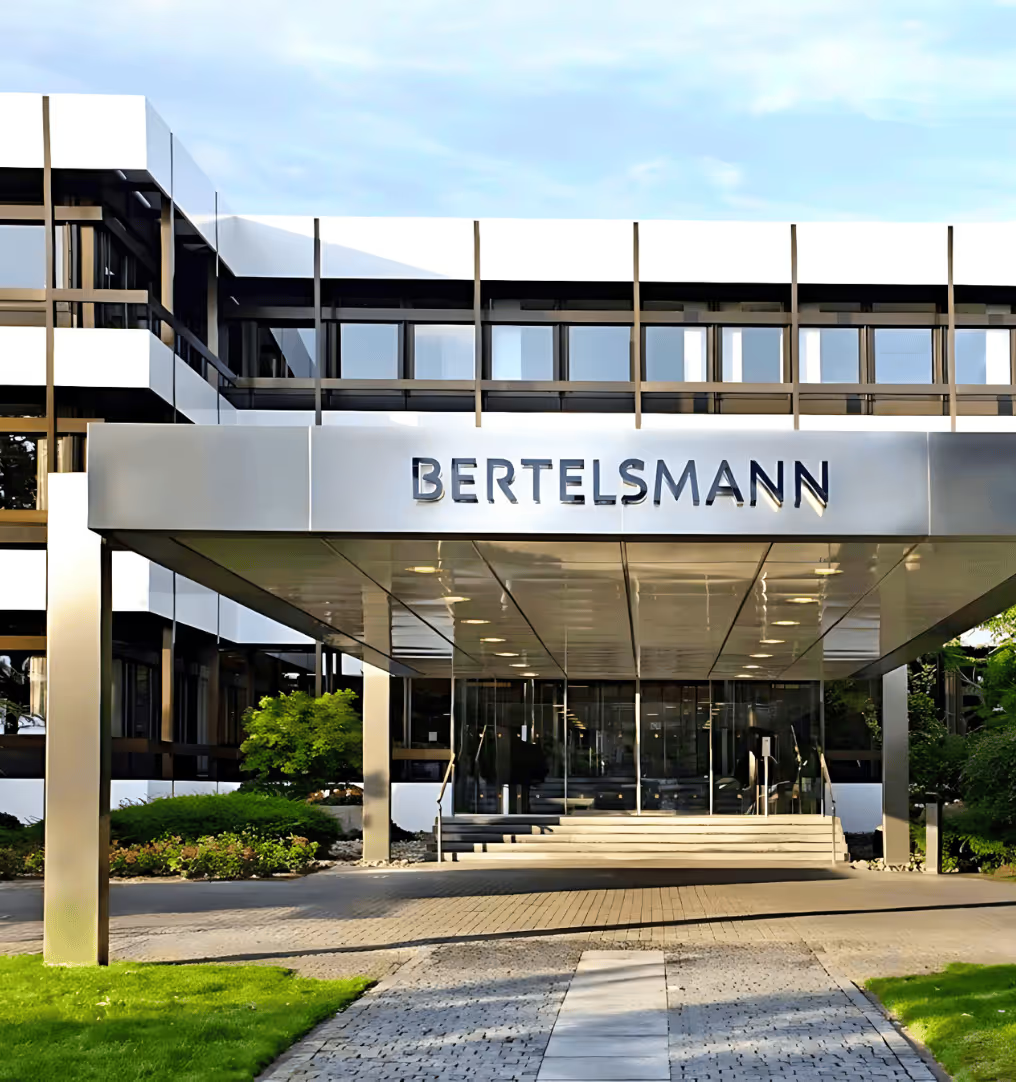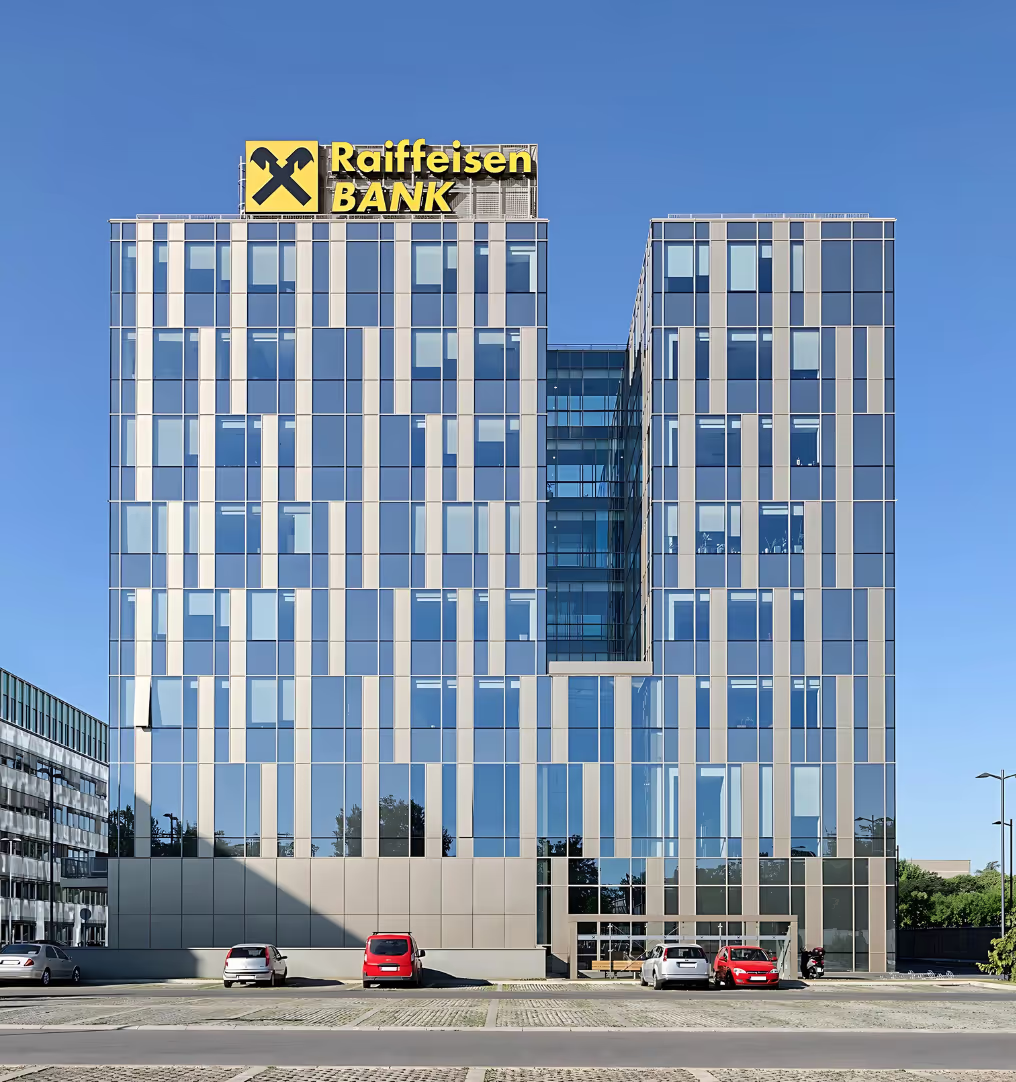Understanding Purchase Requisition vs Purchase Order Differences

Introduction
Did you know that businesses lose an average of 5% of their annual revenue to procurement fraud and inefficiencies? According to the Association of Certified Fraud Examiners (ACFE), poorly managed purchasing processes, like skipping approvals or issuing unauthorized orders, can quietly drain your organization’s resources.
One of the most common yet overlooked sources of confusion lies in the misunderstanding between purchase requisitions and purchase orders. While they might sound similar, using them incorrectly can lead to budget overruns, compliance issues, and even strained vendor relationships.
In this article, we break down the differences between a requisition vs purchase order, explain their distinct purposes, outline their types, and show you how using both effectively can streamline your procurement process and protect your bottom line.
What is a Purchase Requisition?
A purchase requisition is an internal document generated within an organization to formally request the procurement of goods or services. It serves as the first step in the purchasing process, ensuring that any intended purchase undergoes proper review and approval before any external commitments are made.
Typically initiated by employees or departments that identify a need, the requisition outlines the item or service required, its estimated cost, quantity, and the reason for the purchase. This document is strictly for internal use and is never sent to vendors. Once submitted, it goes through an approval chain, usually involving department heads, finance, or the procurement team, to verify that the purchase is necessary, budget-compliant, and aligned with organizational goals.
For example, if a department requires new software licenses, a purchase requisition would be submitted before any contact is made with a supplier. This process helps organizations maintain financial control, prevent unauthorized spending, and create a transparent, auditable trail of purchase intent.
Now that we've established what a purchase requisition is and why it matters, let’s explore the different types organizations use to meet varying procurement needs.
Types of Purchase Requisition
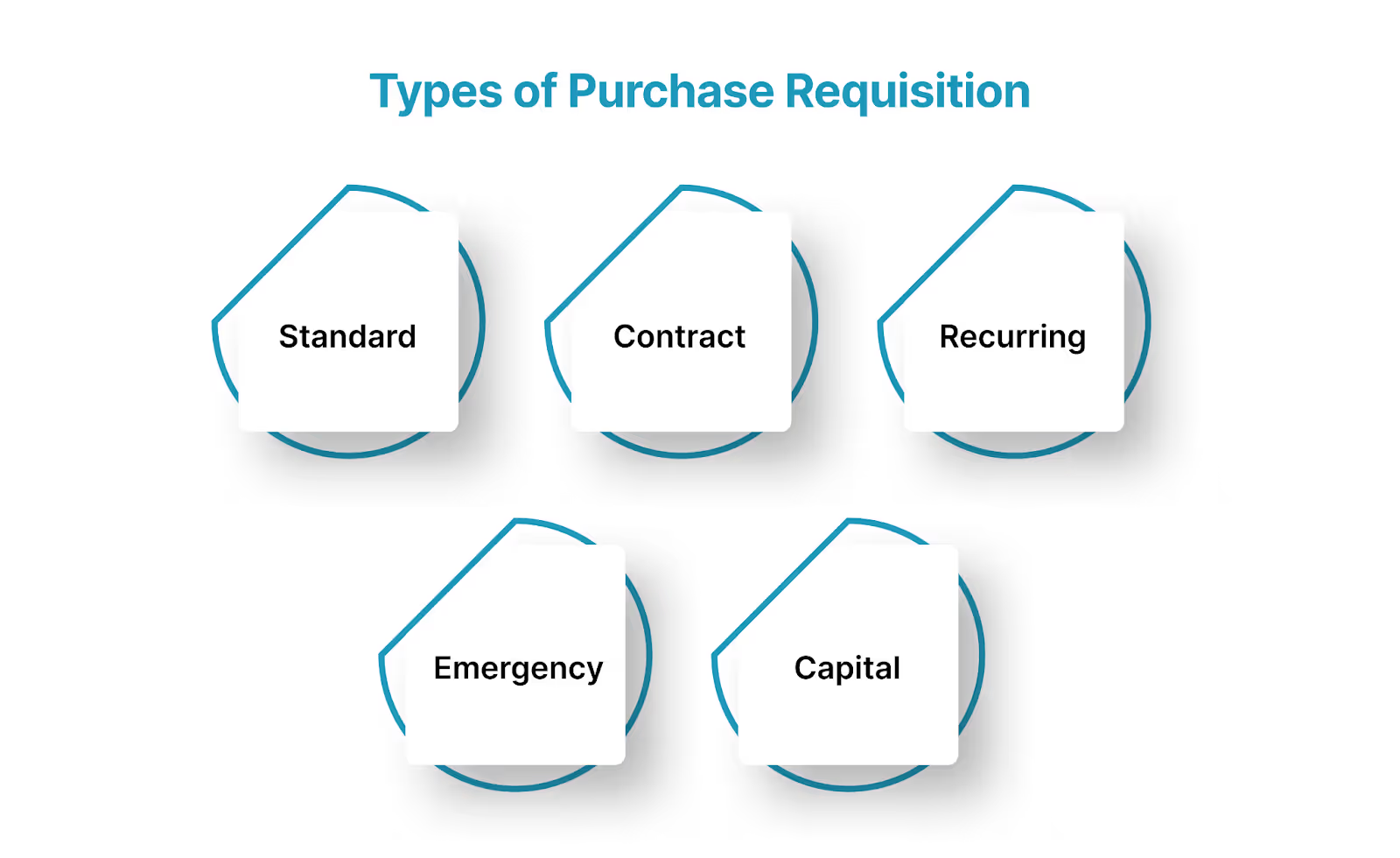
There are several types of purchase requisitions, each designed to suit different purchasing needs within an organization.
1. Standard Purchase Requisition
This is the most commonly used type and is typically submitted for routine, one-time purchases. Items such as office supplies, software licenses, or replacement equipment often fall under this category. It includes details like item description, quantity, and estimated cost.
2. Contract Purchase Requisition
Used when the requested items or services are already covered under an existing contract with a vendor. This type references the contract terms to ensure consistent pricing, delivery, and payment conditions, reducing the need for repeated negotiations.
3. Recurring Purchase Requisition
Designed for repeated purchases over a period of time, such as monthly printer ink, cleaning services, or scheduled maintenance. It streamlines the approval process for items that are regularly needed, saving time and administrative effort.
4. Emergency Purchase Requisition
Submitted when goods or services are needed immediately due to urgent, unplanned situations, like equipment breakdowns or safety concerns. These are often fast-tracked through the approval process to prevent operational disruptions.
5. Capital Purchase Requisition
Used for high-value or long-term investments such as machinery, vehicles, or IT infrastructure. These typically require additional documentation, justification, and approval from senior management or finance due to their significant impact on the organization’s capital budget.
Recognizing the types of requisitions helps you tailor your internal approval workflows. But why is this document so essential to your procurement strategy? Let’s explore its benefits.
Why Do You Need Purchase Requisition?
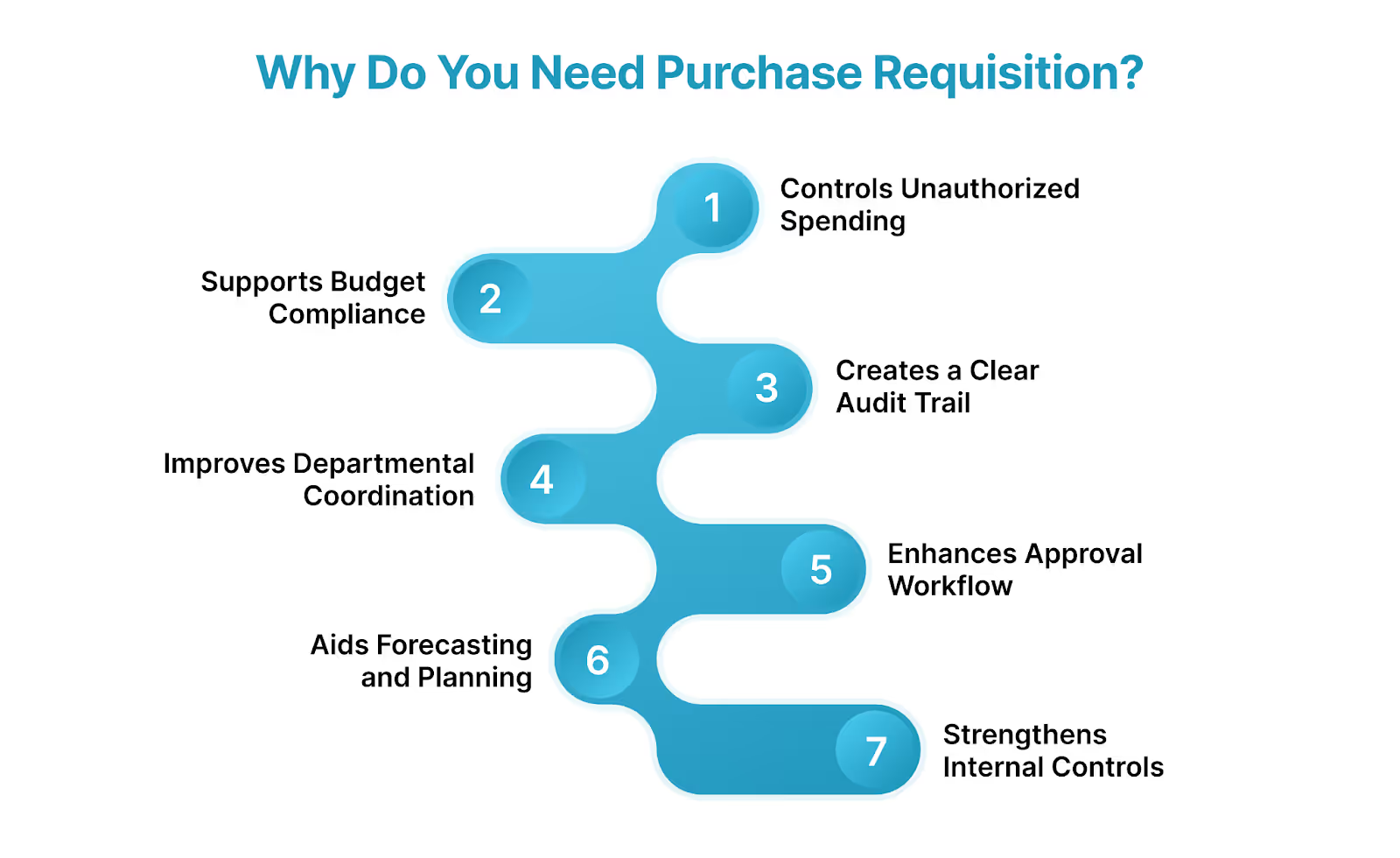
Here is why you need a purchase requisition -
1. Controls Unauthorized Spending
Purchase requisitions ensure that no purchases are made without proper approval. By requiring authorization before funds are committed, organizations can prevent impulsive or unauthorized expenditures.
2. Supports Budget Compliance
Each requisition is reviewed against departmental budgets and spending limits. This step helps ensure that all purchases align with financial plans and that no department exceeds its allocated resources.
3. Creates a Clear Audit Trail
Requisitions provide documented evidence of who requested what, when, and why. This creates transparency and supports compliance during internal audits or financial reviews.
4. Improves Departmental Coordination
By submitting formal requests, departments can communicate their needs to the procurement team, reducing the risk of duplicate orders or missed requirements.
5. Enhances Approval Workflow
A standardized requisition process allows management to evaluate the necessity, timing, and value of purchases, helping to prioritize spending based on organizational goals.
6. Aids Forecasting and Planning
Over time, requisition data offers insights into purchasing patterns. This information is valuable for inventory planning, vendor negotiations, and long-term financial forecasting.
7. Strengthens Internal Controls
The requisition process enforces accountability at every step. Employees know that all purchases must follow a defined path, which promotes discipline and reduces the risk of fraud.
With its many benefits, the purchase requisition lays the groundwork for smart purchasing decisions. Next, let’s look at how this process unfolds step by step.
Stages Involved in a Purchase Requisition

The purchase requisition process plays a critical role in initiating a controlled and transparent procurement cycle. It helps organizations validate needs, enforce budget discipline, and prevent unauthorized spending before any purchase commitment is made.
Below are the key stages involved in creating and processing a purchase requisition:
Identification of Need
A department or employee identifies the requirement for a product or service to support operations, projects, or internal functions.
Creation of Purchase Requisition
A requisition form is filled out with details such as item name, quantity, estimated cost, purpose, and any preferred vendors. This formalizes the request internally.
Submission for Approval
The completed requisition is submitted to the relevant authorities, usually department heads, finance, or procurement, depending on the organization’s approval hierarchy.
Review and Approval
The approvers assess the requisition for business necessity, budget alignment, and policy compliance. They may approve, reject, or request revisions.
Forwarding to Procurement Team
Once approved, the requisition is sent to the procurement or purchasing team, who will take the next steps toward sourcing and issuing a purchase order.
Once a requisition is approved, the next phase of procurement begins, issuing a purchase order to the chosen vendor. Let’s break down what a purchase order is and how it functions.
What is a Purchase Order?
A purchase order (PO) is a formal, legally binding document issued by a buyer to a vendor, confirming the intent to purchase specific goods or services under agreed terms. It serves as the official contract between the two parties, detailing exactly what is being ordered, at what price, and when it should be delivered. Once the vendor accepts the PO, it becomes a contractual obligation to fulfill the order as specified.
Typically, a purchase order includes information such as item descriptions, quantities, unit prices, delivery dates, shipping method, payment terms, and the buyer’s and vendor’s contact details. It is created after a purchase requisition has been approved and the procurement team has selected a vendor. The PO provides clarity and legal protection for both parties by documenting expectations upfront.
For example, after a department submits a requisition for office chairs and the request is approved, the procurement team issues a purchase order to the selected supplier outlining the number of chairs, cost per unit, delivery deadline, and payment schedule. This ensures that the vendor delivers exactly what was requested and that the organization has a clear record of the transaction. A well-managed PO process reduces errors, improves tracking, and supports financial accountability throughout the procurement cycle.
Just like requisitions, purchase orders vary depending on the nature of the transaction. Let’s take a look at the different types of purchase orders businesses commonly use.
Types of Purchase Order
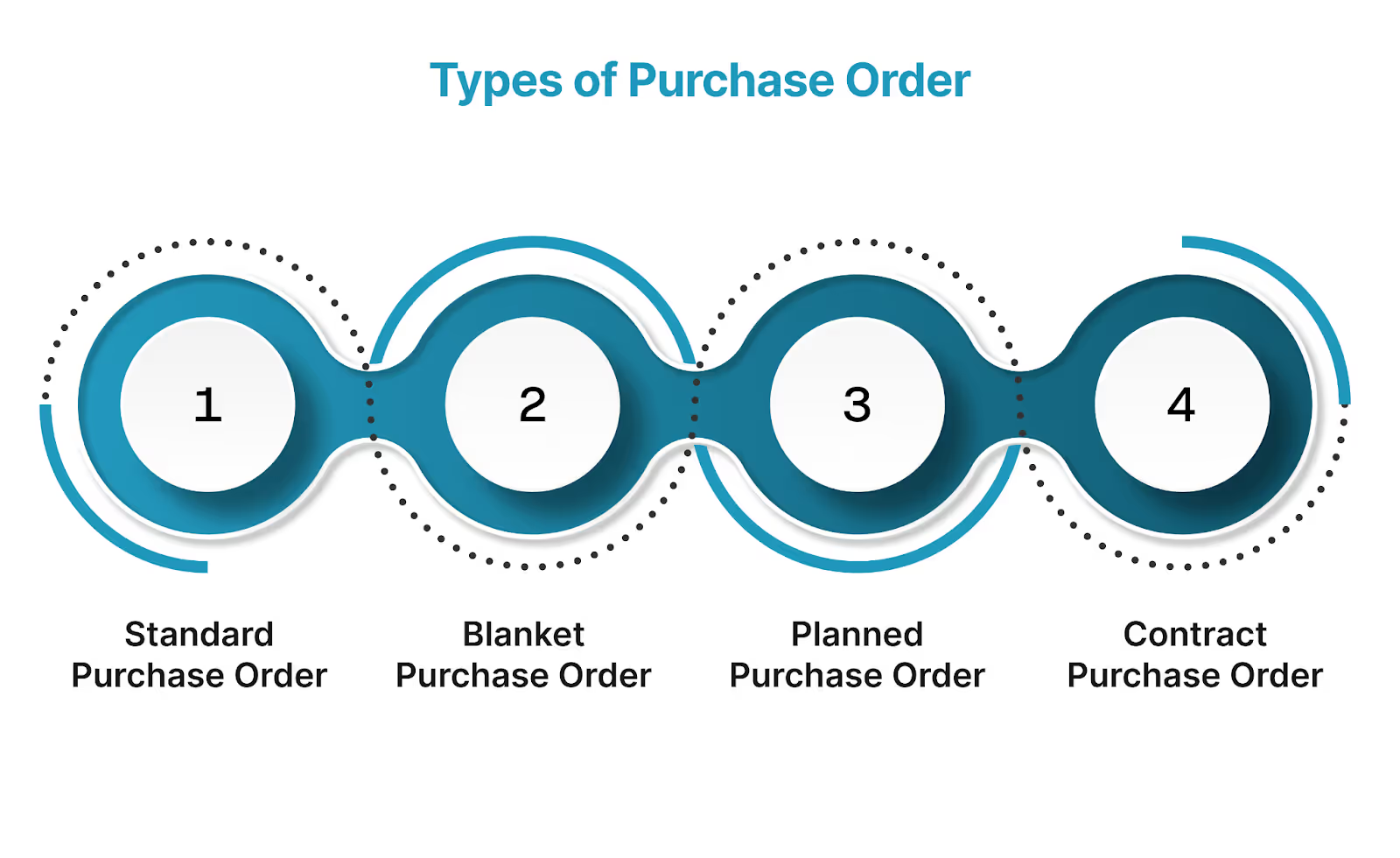
Different business scenarios call for different types of purchase orders. Understanding these variations helps organizations choose the right structure for each transaction, improving efficiency and vendor coordination. Below are the four most commonly used types of purchase orders:
1. Standard Purchase Order: This is the most common type of purchase order, used for one-time purchases with clearly defined details. It specifies exactly what is being bought, the quantity, agreed price, delivery schedule, and payment terms. For example, ordering 100 units of office supplies from a vendor with a set delivery date.
2. Blanket Purchase Order: A blanket PO is used for recurring purchases from the same vendor over a period of time. Instead of issuing multiple individual POs, the buyer sets a maximum quantity or total spend limit, allowing multiple deliveries under a single order. It's ideal for frequently used goods or services like cleaning supplies or maintenance work.
3. Planned Purchase Order: This type outlines expected purchases in advance, including estimated delivery dates and quantities. While it resembles a standard PO, the actual delivery is not confirmed until a release order is issued. It helps in long-term planning for large-scale projects or seasonal needs.
4. Contract Purchase Order: A contract PO doesn’t specify any details about items or quantities but sets the terms and conditions for future purchases. Once the contract PO is in place, specific standard POs can be issued under it. It’s typically used in strategic sourcing relationships or with vendors offering agreed pricing and service levels over time.
Understanding these PO types helps tailor your vendor engagement strategies. But why is issuing a purchase order so crucial? Here’s what makes it an indispensable tool in procurement.
Why Do You Need a Purchase Order?
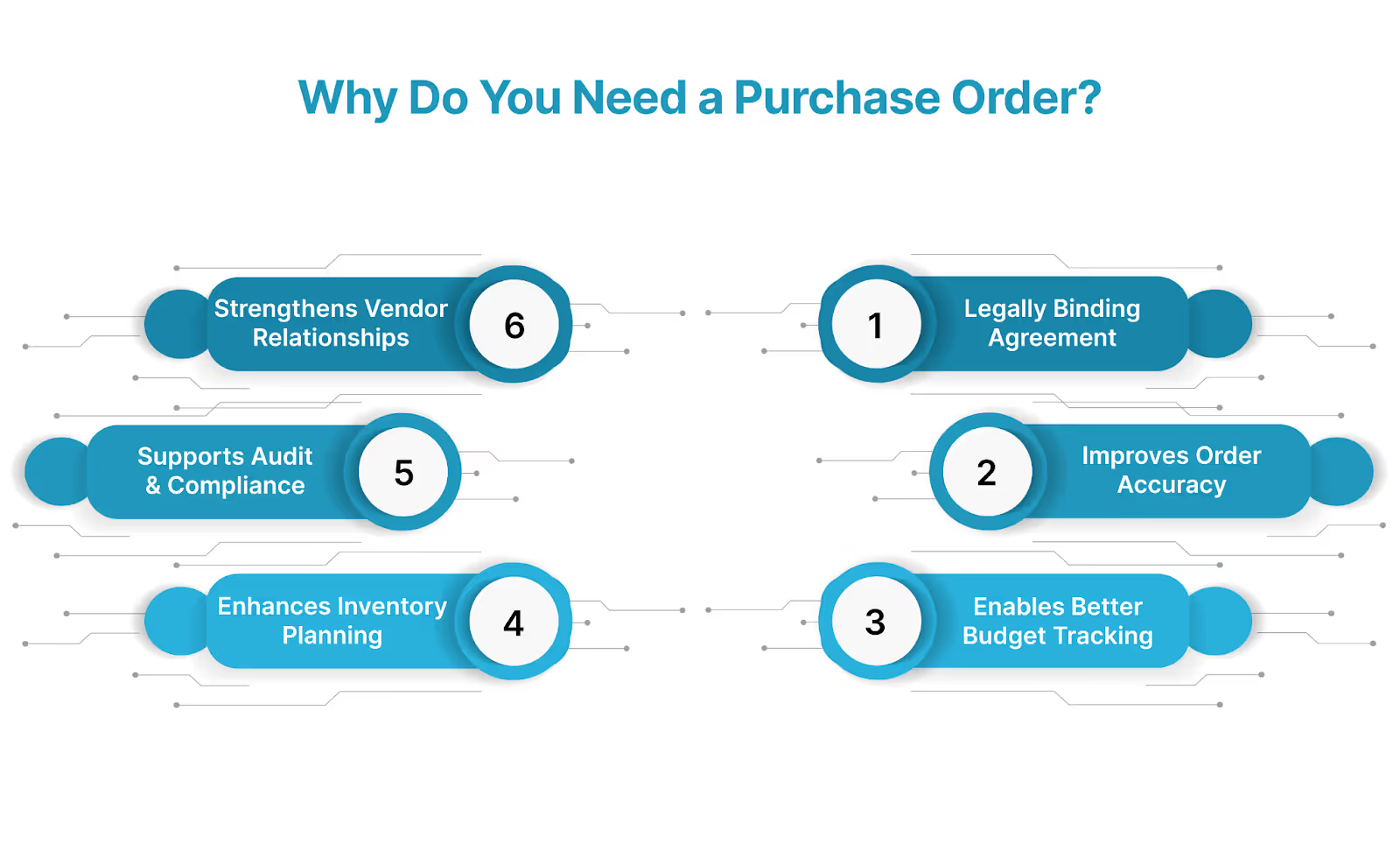
A purchase order is more than just a transactional document. It’s a critical tool for ensuring control, clarity, and accountability in the procurement process. Here's why every organization should use purchase orders as a standard part of their purchasing workflow:
1. Creates a Legally Binding Agreement: Once accepted by the vendor, a purchase order becomes a legal contract. This protects both parties by clearly outlining expectations for pricing, quantity, delivery, and payment terms.
2. Improves Order Accuracy: By documenting exactly what is being ordered, POs reduce the risk of errors or misunderstandings between buyers and suppliers. Both sides have a reference point to confirm order details.
3. Enables Better Budget Tracking: Purchase orders help finance teams monitor spending against budgets. Every approved PO is a commitment of funds, making it easier to forecast costs and manage cash flow.
4. Enhances Inventory Planning: When tied to inventory systems, POs help organizations anticipate incoming stock, plan for storage, and avoid shortages or overstock situations.
5. Supports Audit and Compliance: A well-documented PO trail makes it easier to trace purchasing activity, verify payments, and comply with internal policies or external audit requirements.
6. Strengthens Vendor Relationships: Clear and consistent purchase orders foster professionalism and build trust with suppliers. Vendors appreciate receiving precise instructions and timelines, which lead to smoother transactions.
Once the importance of POs is clear, it's helpful to understand the steps involved in managing them. Let’s walk through the stages of a purchase order process.
Stages Involved in a Purchase Order

Once a purchase requisition is approved, the procurement process moves into its execution phase, initiating the purchase order. The purchase order ensures that all order details are agreed upon and documented before a supplier delivers goods or services. This phase brings legal clarity and logistical coordination to the purchasing process. Below are the key stages involved in managing a purchase order:
Review of Approved Requisition
The procurement team reviews the approved requisition to confirm the need, specifications, and any special requirements noted by the requesting department.
Supplier Selection and Quotation
Based on internal policies or preferred vendor lists, the team selects a suitable vendor. Quotes may be requested if not already included in the requisition.
Purchase Order Creation
A detailed PO is generated, outlining item descriptions, quantity, pricing, delivery terms, payment schedule, and any other agreed conditions.
Internal Approval (if required)
In some organizations, the PO itself must go through an additional layer of internal approval before being sent out, especially for large or high-value purchases.
Issuance to Vendor
The finalized PO is sent to the selected supplier. Once accepted, it becomes a legally binding agreement for delivery and payment.
Order Fulfillment by Vendor
The vendor processes the order and delivers the goods or services as outlined in the purchase order.
Receipt and Inspection
Upon delivery, the receiving team inspects the shipment to verify that it meets the PO’s specifications in terms of quality, quantity, and condition.
Invoice Matching and Payment Processing
The supplier submits an invoice, which is matched against the PO and the delivery receipt. If all records align, the invoice is approved for payment.
With both requisitions and purchase orders clearly defined, it’s time to compare them side by side to see how they work together in the procurement workflow.
Purchase Order Vs Purchase Requisition
Here’s a brief note on requisition vs purchase order -
AspectPurchase RequisitionPurchase OrderPurposeInitiates the internal request to buy goods or servicesFormalizes the external commitment to purchaseStage in ProcessFirst step in the procurement workflowFollows requisition approval; triggers actual purchaseCreated ByEmployee or department needing goods/servicesProcurement or purchasing teamReviewed ByDepartment heads, finance, or procurement for internal approvalVendor (to acknowledge and confirm the order)AudienceInternal - used within the organization onlyExternal - sent to vendors or suppliersDocument TypeInformal and non-bindingFormal and legally bindingContent FocusItem needed, estimated cost, justification for requestFinal price, quantity, delivery schedule, payment termsUse CaseUsed to get internal approval before making a purchaseUsed to place an official order with a vendorEffect on BudgetPreliminaryused to assess budget impact before commitmentConfirms budgeted spend and allocates fundsLegal StandingNo legal obligationBecomes a legal contract once accepted by the vendorLink to ProcurementTriggers the procurement team to begin sourcingFinal document that the procurement team issues to fulfill a purchase
This comparison clarifies their distinct roles and how they complement each other. Let’s wrap up with a few final thoughts on how using both effectively drives procurement success.
Want to eliminate manual errors and streamline your requisition-to-PO workflow? akirolabs equips procurement teams with intelligent tools to automate approvals, standardize documentation, and track every step of the sourcing process. From request to contract, gain full visibility and control. See how akirolabs can transform your procurement operations—book a personalized demo today.
Conclusion
Understanding requisition vs purchase order is essential for building a transparent, efficient, and accountable procurement process. While a purchase requisition serves as an internal request to validate the need for a purchase, a purchase order formalizes that request into a legally binding agreement with a vendor.
Together, these two documents create a structured workflow that helps organizations control spending, avoid procurement errors, maintain compliance, and strengthen vendor relationships. By implementing clear processes for both requisitions and purchase orders, and using automation where possible, businesses can streamline purchasing, improve budget accuracy, and ensure operational continuity.
Looking to streamline your procurement process from requisition to purchase order? Discover how akirolabs can simplify and automate your sourcing workflows. Start your smarter procurement journey today. Schedule a demo today!
FAQs
1. Can purchase requisitions and purchase orders be combined in smaller organizations?
Yes, in small businesses with minimal procurement complexity, the requisition and PO process is often combined into a single step to save time. However, this may reduce visibility and control, especially as the organization grows.
2. Who is responsible for monitoring compliance between requisitions and purchase orders?
Typically, the procurement or finance team ensures that the PO aligns with the approved requisition. They verify that the quantities, costs, and vendor details match before issuing or processing payments.
3. What happens if a purchase is made without a requisition or PO?
This is called a maverick purchase, and it can lead to serious issues such as budget overruns, audit risks, missed discounts, or procurement fraud. Organizations often implement policies or automation tools to flag or prevent such purchases.
What makes a successful pilot with akirolabs?
We define success collaboratively with your team. Typical outcomes include strategy creation for priority categories, measurable process improvements, and internal alignment. We provide full support and a clear roadmap for evaluation.
Can I try the platform hands-on after the demo?
Yes, we offer guided pilots and sandbox environments depending on your stage in the buying process. These give you and your team the opportunity to explore features in your own context.
Can I see how akirolabs would work with our specific categories?
Yes, we can tailor the demo to showcase how akirolabs works with your specific categories and procurement structure. Let us know your priority areas in advance, and we'll customize the demonstration accordingly.
Who should attend the demo from my organization?
We recommend including key stakeholders from your procurement leadership team, category management function, and procurement excellence or transformation groups. Including business stakeholders can also be valuable to demonstrate how the platform facilitates cross-functional collaboration.
How long does a typical demo take?
A standard demo takes approximately 45-60 minutes, allowing time for a comprehensive overview of the platform and discussion of your specific requirements. We can adjust the timing based on your availability and areas of interest.
What will I see during an akirolabs demo?
During the demo, you'll see the complete akirolabs Category Strategy Workbench in action, including the collaborative workflow, AI-powered insights from akiroAssist, strategic scenario modeling capabilities, and the Strategy One-Pager feature. We'll customize the demonstration to focus on aspects most relevant to your organization's needs.
Ready to Transform Your Procurement Strategy?
There’s a better way to do procurement. This is IT.
.avif)







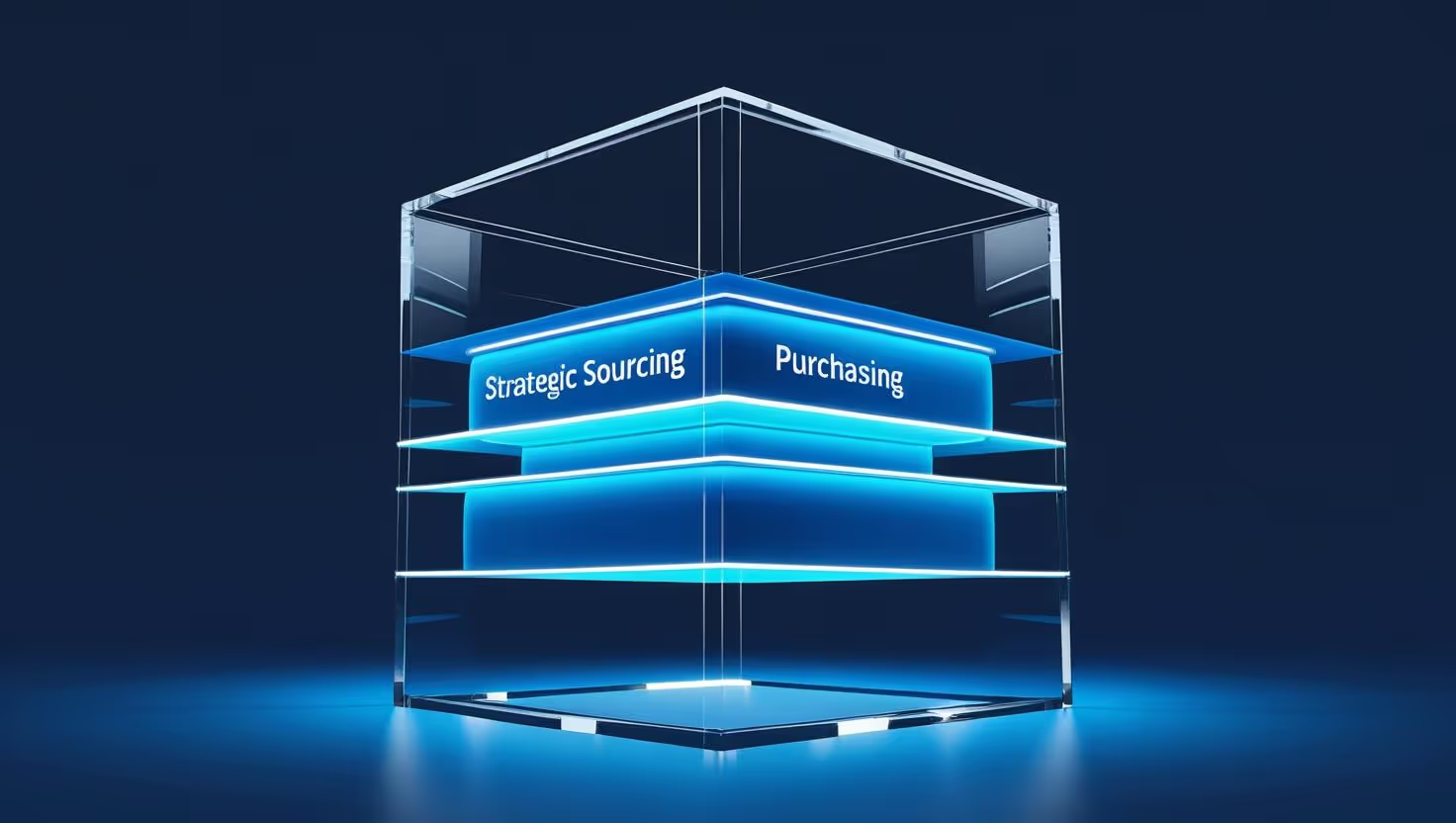








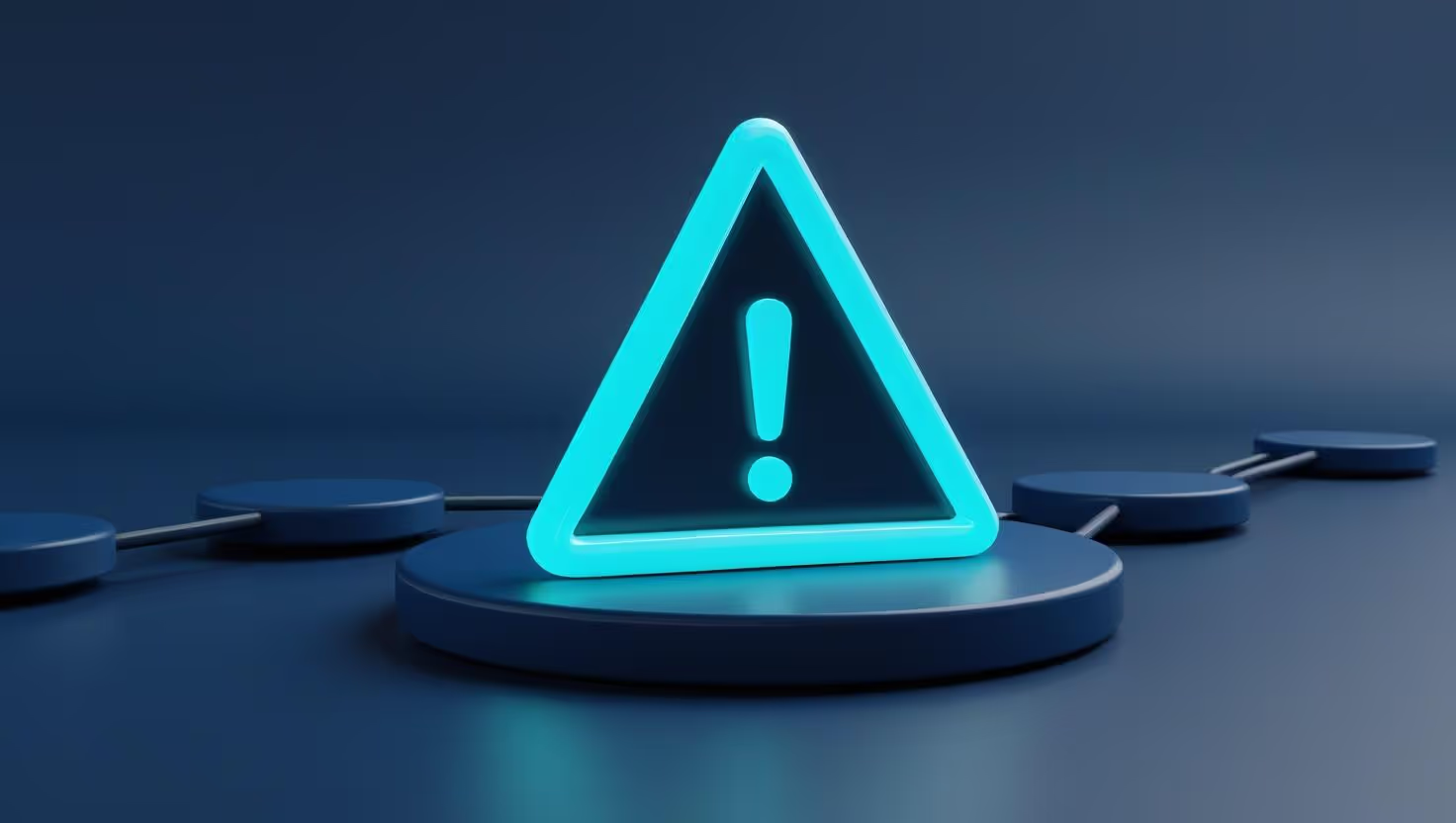













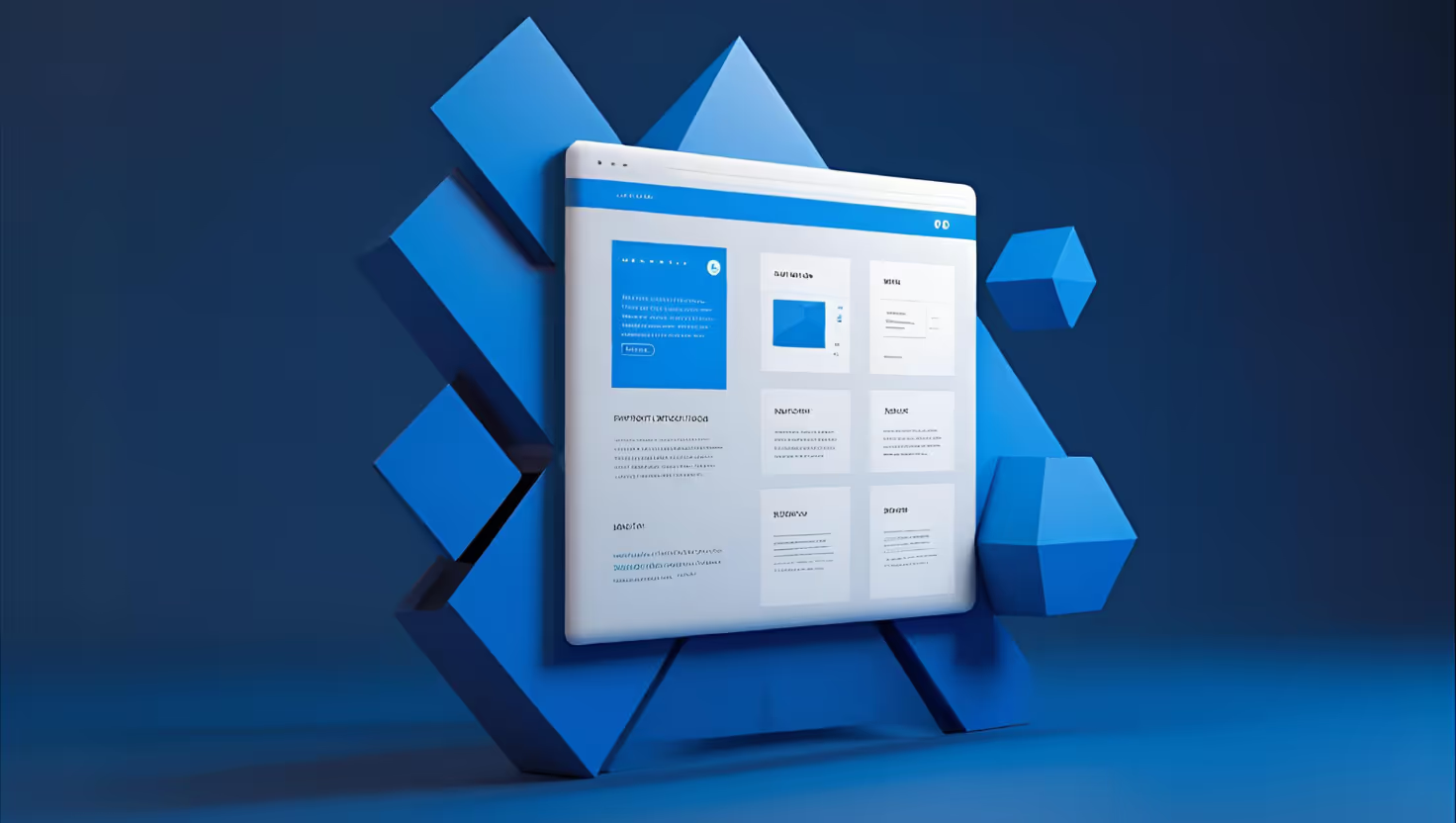










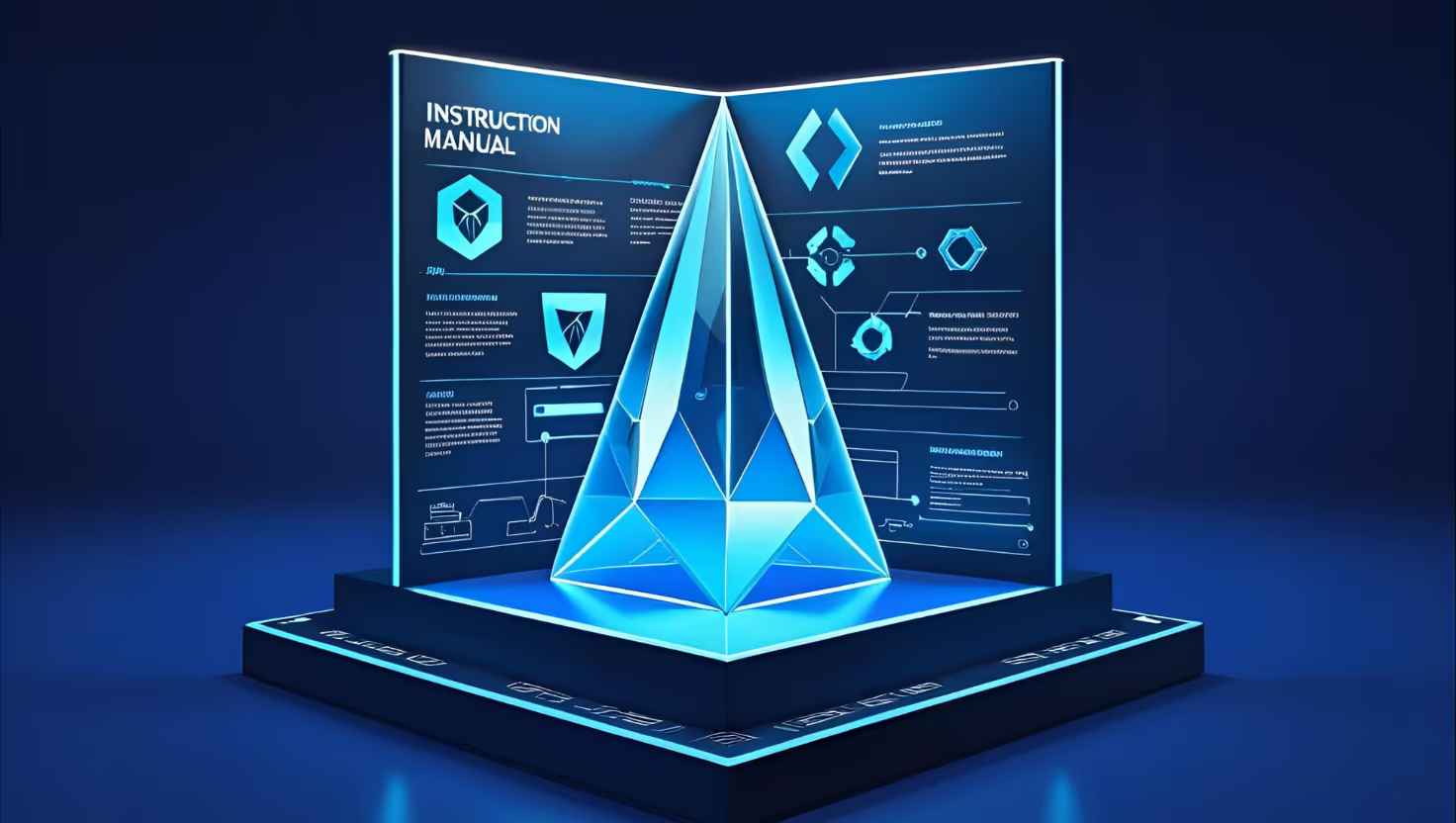
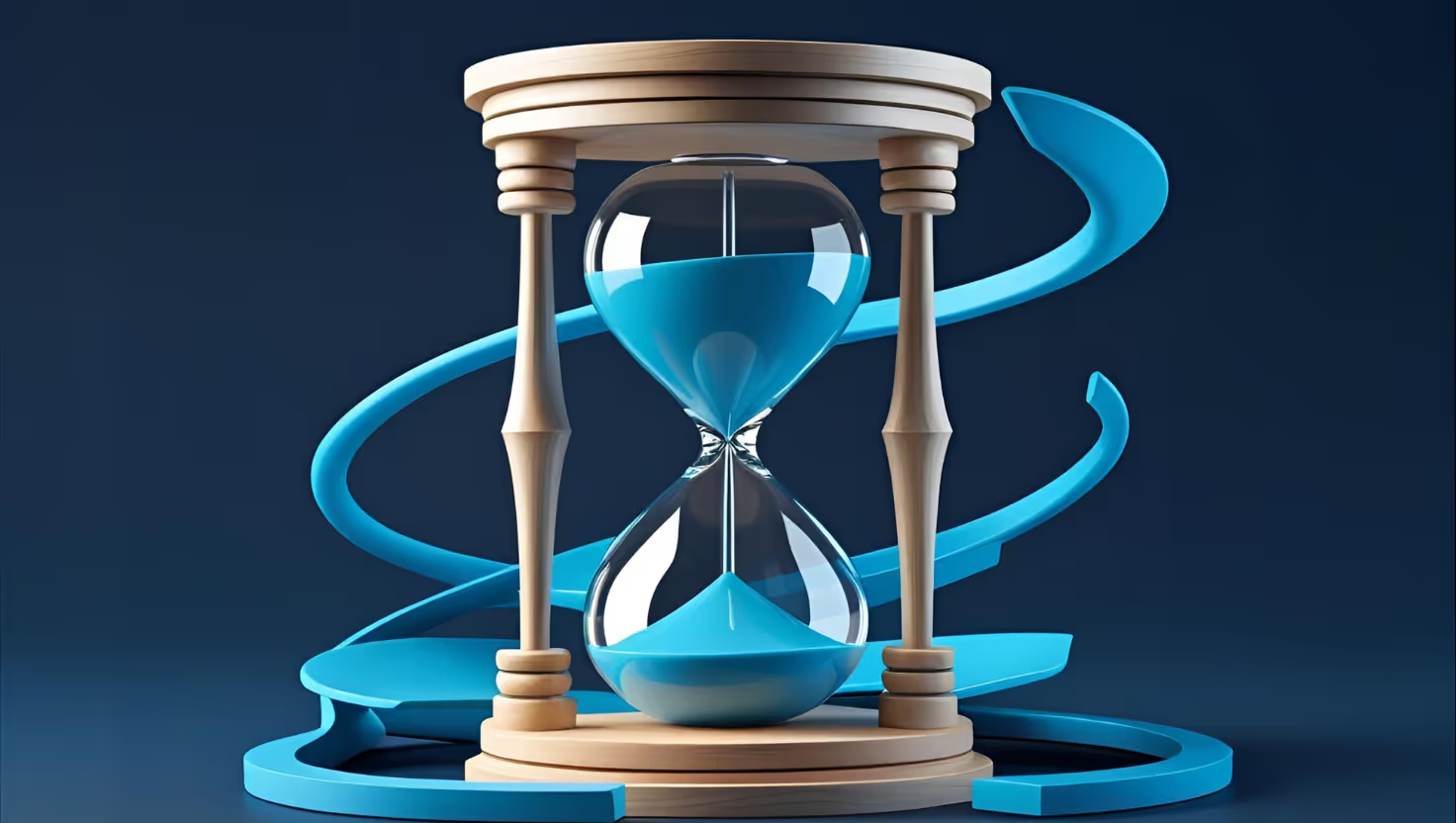





















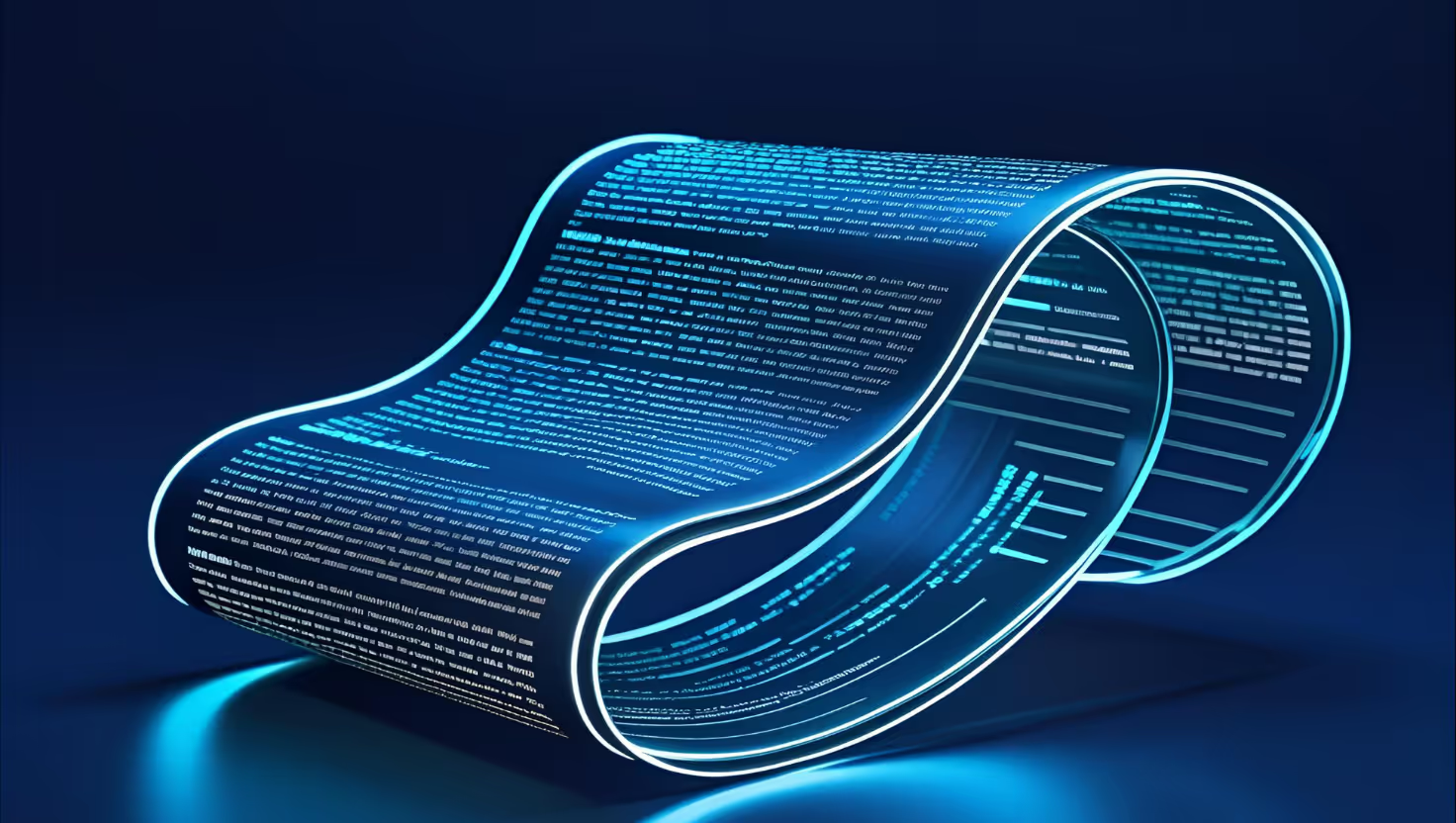








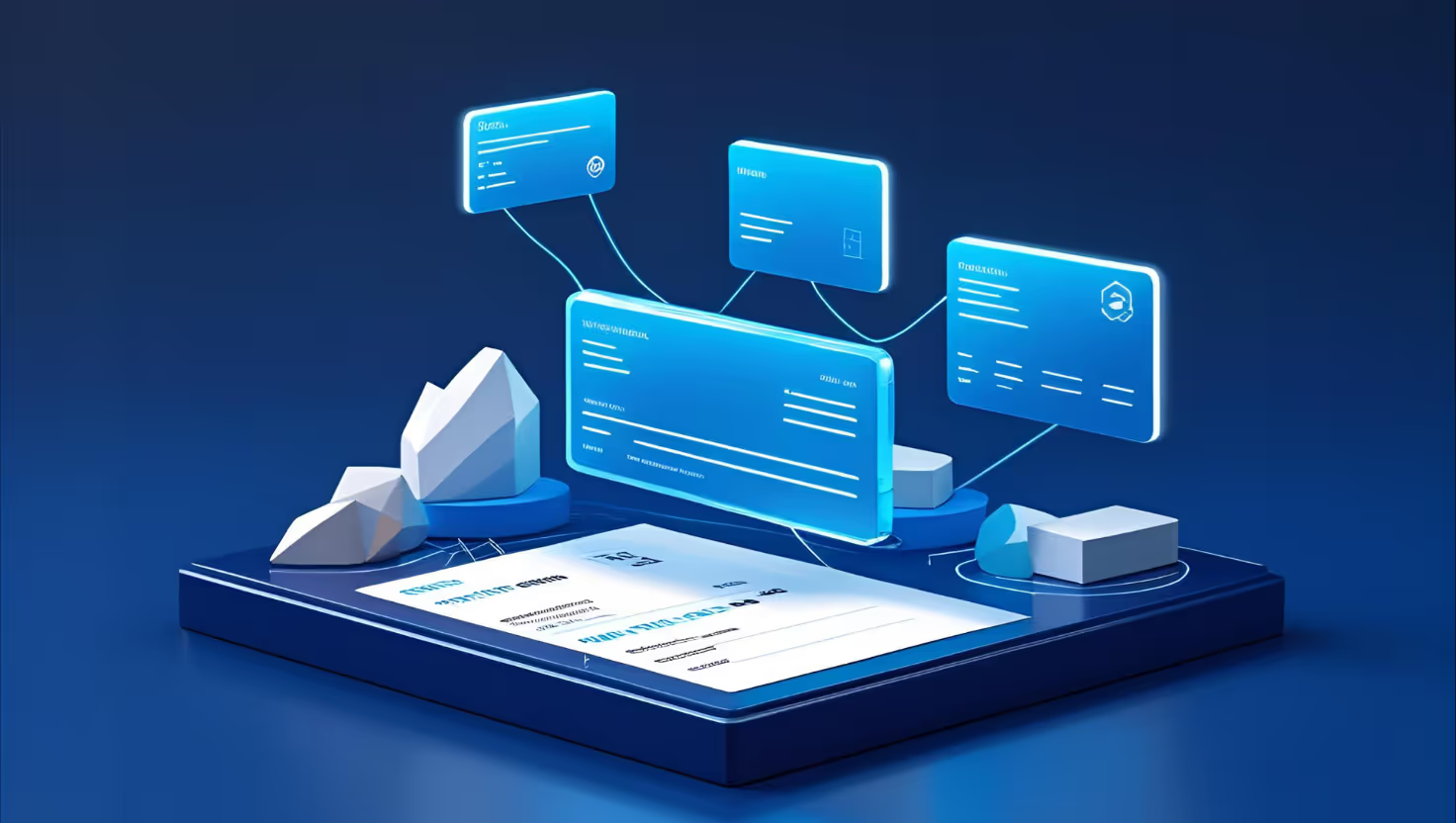







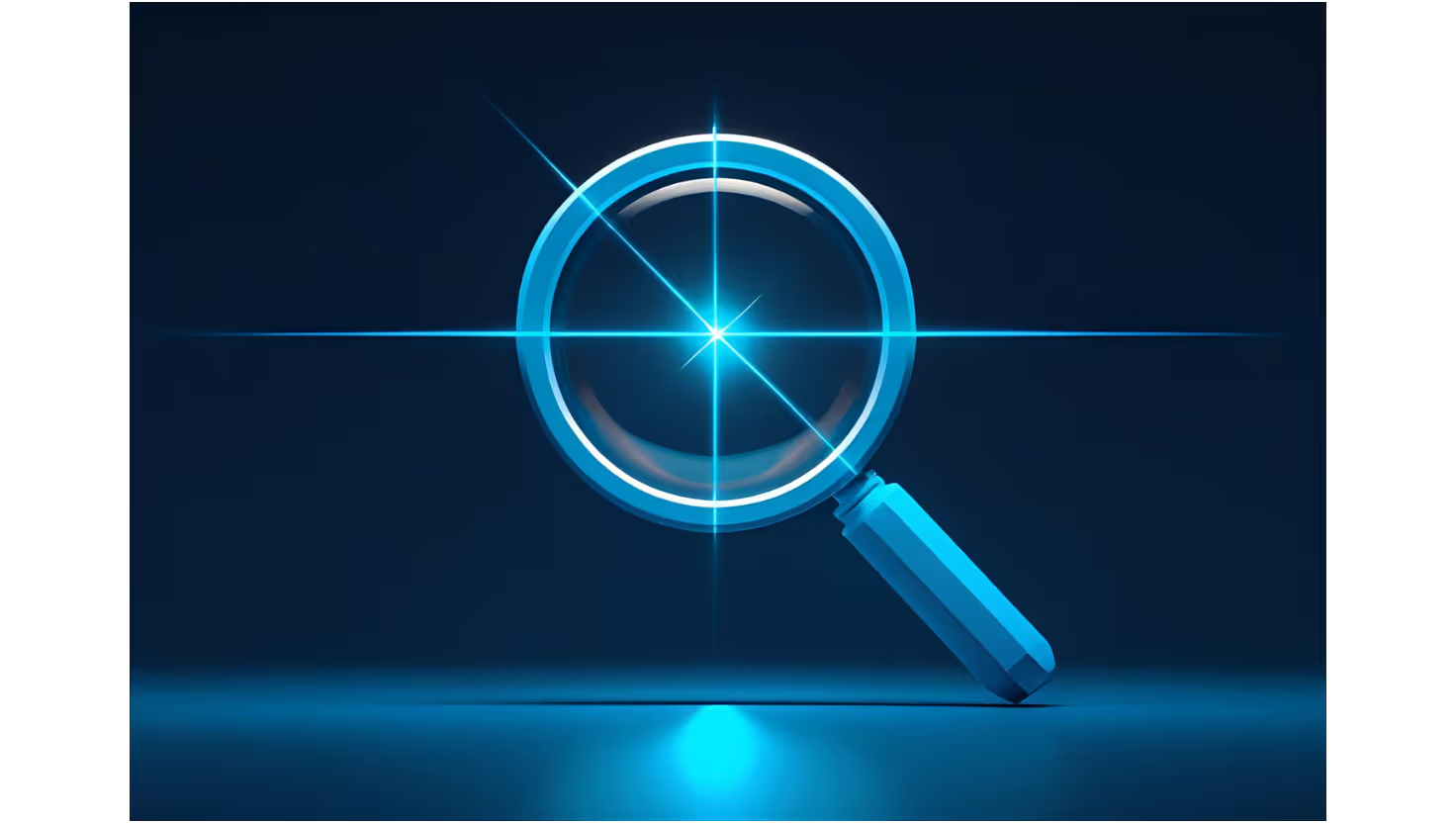
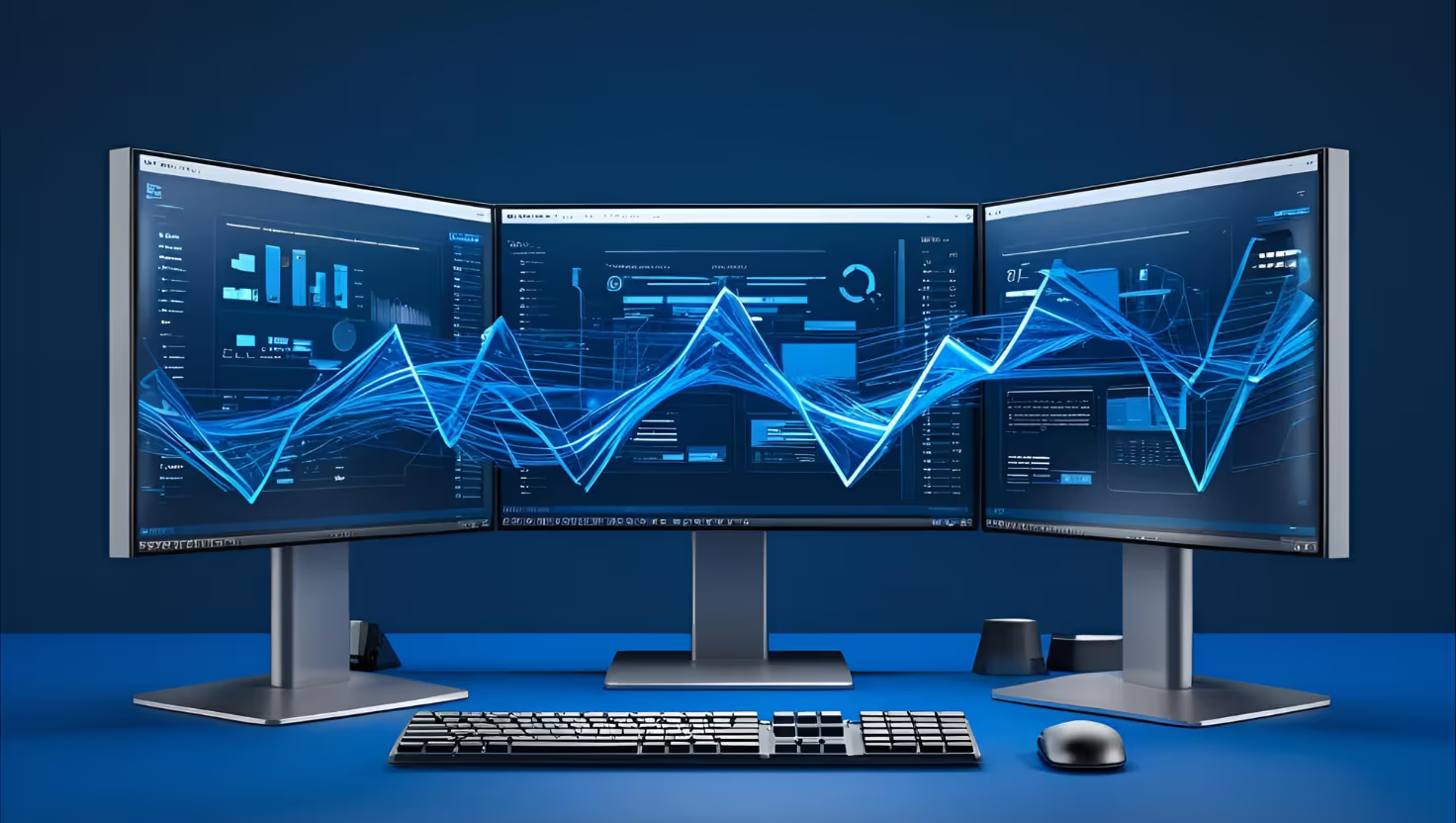





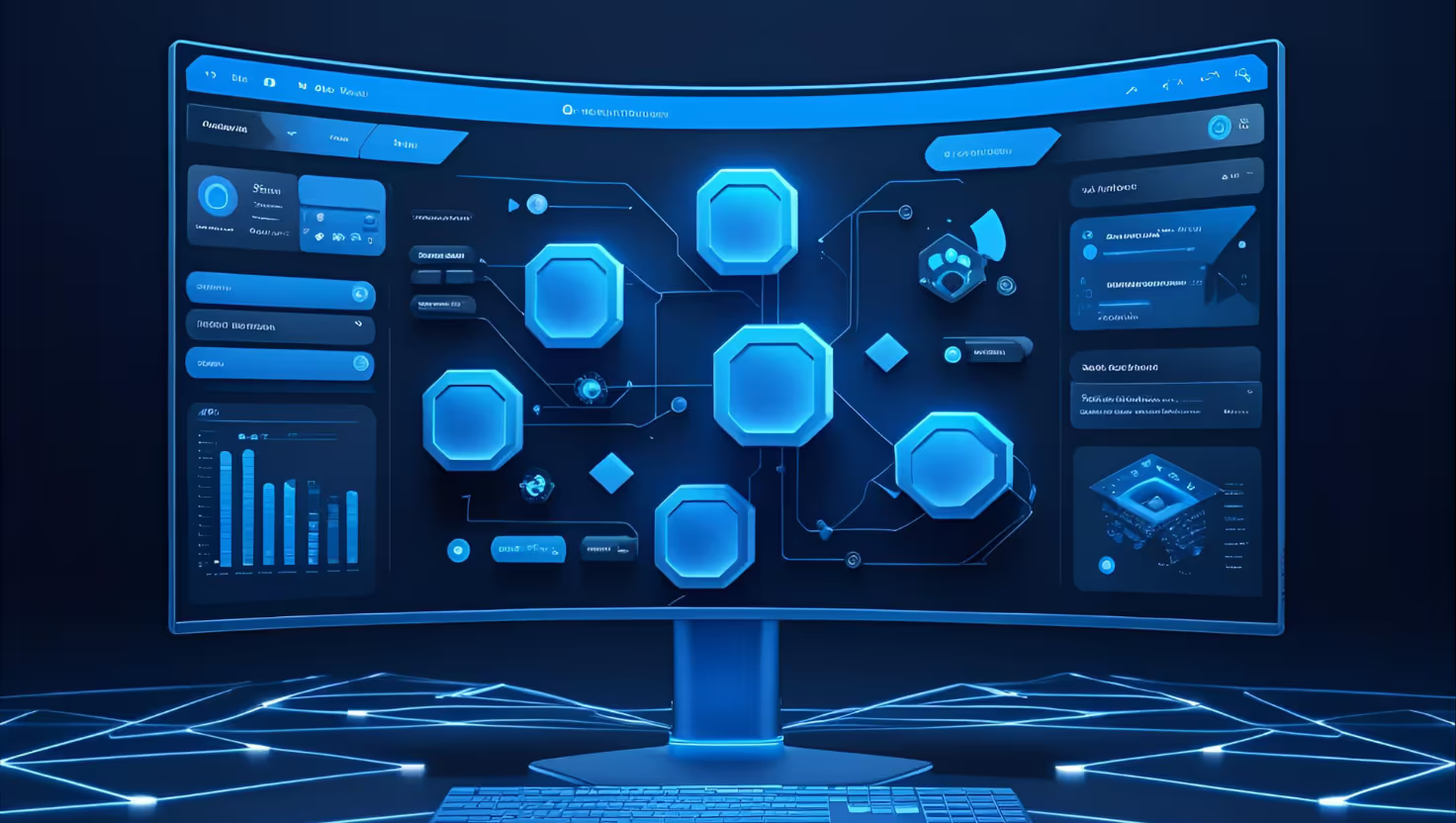












.avif)





